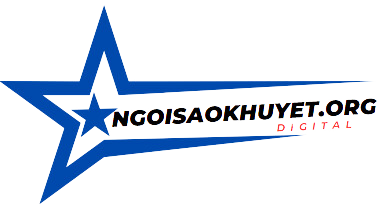GameFi analytics involves the use of data analysis tools and techniques to gain insights into the performance, user behavior, and overall dynamics of GameFi (Gaming Finance) projects. GameFi refers to the intersection of blockchain gaming and decentralized finance (DeFi), where players can earn, trade, and stake in-game assets. Analyzing various metrics can help developers, investors, and stakeholders make informed decisions. Here are some key aspects of GameFi analytics:
- User Engagement:
- Mua backlink – Track user engagement metrics to understand how actively players are participating in the GameFi ecosystem. This includes metrics like daily active users (DAU), monthly active users (MAU), and user retention rates.
- Financial Metrics:
- Monitor financial metrics to assess the economic performance of the GameFi project. This includes metrics like total value locked (TVL), transaction volume, and the overall liquidity in the system.
- Token Metrics:
- Analyze token-related metrics to understand the behavior of the native token within the GameFi ecosystem. This includes token price, market capitalization, trading volume, and token distribution.
- Yield Farming and Staking Metrics:
- If the GameFi project involves yield farming or staking mechanisms, monitor metrics related to these activities. This may include the total value staked, yield rates, and the distribution of rewards.
- Marketplace Metrics:
- For GameFi platforms with in-game asset marketplaces, track metrics related to the buying and selling of assets. This includes the number of assets listed, trading volume, and average transaction sizes.
- Smart Contract Analytics:
- Conduct smart contract analytics to ensure the security and efficiency of the underlying blockchain smart contracts. This involves monitoring contract interactions, detecting anomalies, and performing code audits.
Learn about: NFT Gaming Security
- Community Metrics:
- Assess the growth and engagement of the GameFi community. Track metrics such as the size of social media communities, forum participation, and community sentiment.
- Gaming Metrics:
- If the GameFi project involves specific games, monitor gaming-related metrics. This includes player scores, achievements, completion rates of in-game challenges, and other game-specific data.
- Security Monitoring:
- Implement tools and practices for continuous security monitoring. This includes monitoring for potential vulnerabilities, unusual transactions, and other security threats.
- Conversion Rates:
- Analyze conversion rates at various points within the GameFi ecosystem. This includes conversion rates for onboarding new users, converting in-game assets to tokens, and other relevant conversion points.
- Regulatory Compliance:
- Ensure that the GameFi project complies with regulatory requirements. Analyze the regulatory landscape and adapt the project accordingly to mitigate legal risks.
- User Feedback and Sentiment Analysis:
- Gather and analyze user feedback to understand user sentiment. This can involve sentiment analysis on social media, forums, and other community channels.
- Competitor Analysis:
- Monitor and analyze the activities and metrics of competitors in the GameFi space. Understand market trends and position the project accordingly.
- Adoption and Partnerships:
- Track the adoption of the GameFi project and analyze partnerships and collaborations. Assess how the project is integrating with other platforms and blockchain ecosystems.
Related Articles: The Rise of Gaming NFT Finance: A New Frontier for Gamers and Investors
Utilizing a comprehensive set of analytics tools and methodologies can provide valuable insights into the performance and success factors of GameFi projects. Regularly reviewing and adapting analytics strategies is crucial to staying informed and making data-driven decisions in the dynamic GameFi space.

